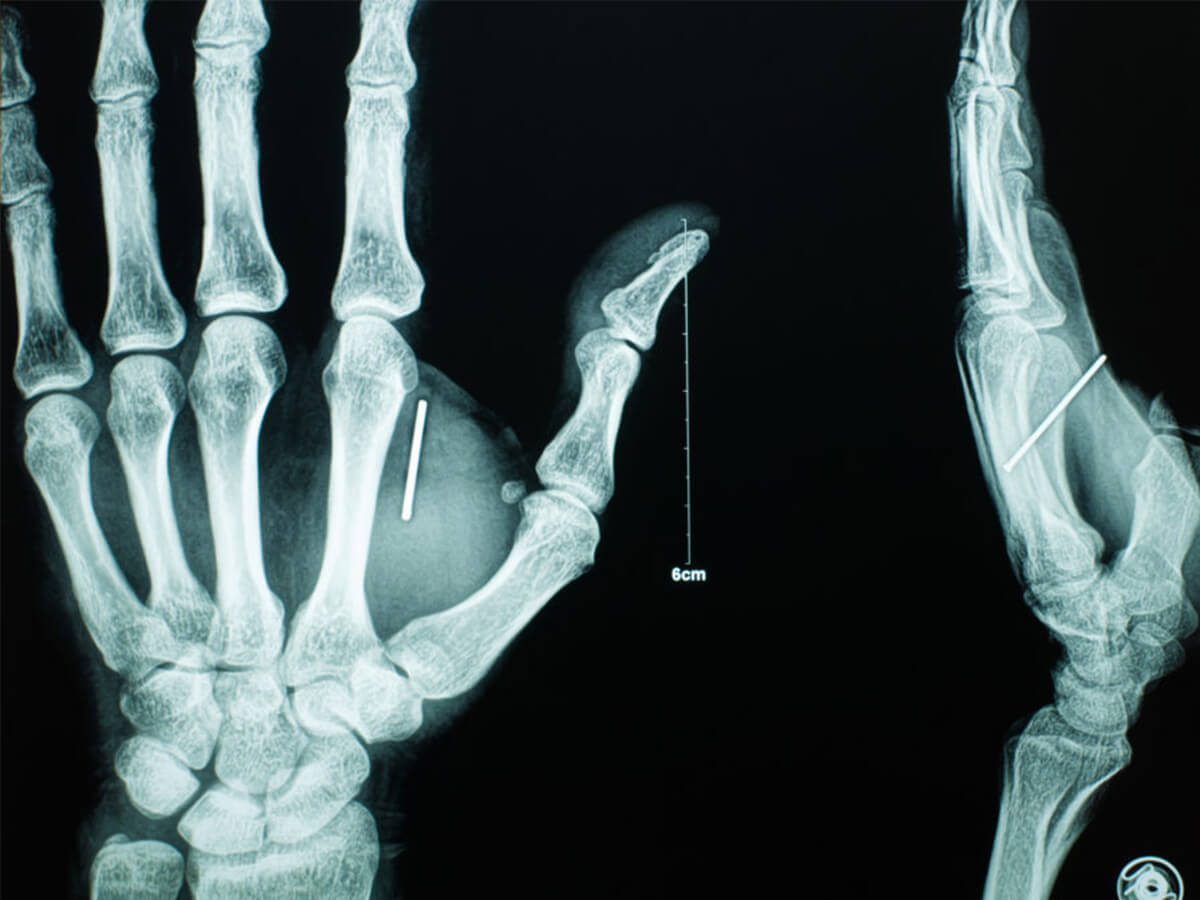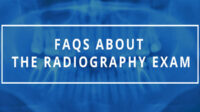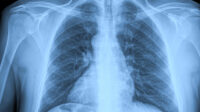Preparing for the Radiography Certification exam? This exam contains 200 multiple choice questions targeted to the ARRT® Radiography Blueprint. Test your knowledge before exam day with these six free radiography board exam questions taken from the BoardVitals Radiography question bank.
Looking for more ARRT® Radiography Exam questions?
Prepare for the Radiography boards with a subscription to the BoardVitals ARRT® Radiography Question Bank. BoardVitals offers more than 1,100 radiography board exam questions targeted to the 2024 ARRT® blueprint, with detailed explanations, progress tracking, multiple study modes, and a 100% pass guarantee. Not ready to commit? Start off with a Free Trial and save 10% when you use promo code QUIZ10 at checkout.
ARRT® and THE AMERICAN REGISTRY OF RADIOLOGIC TECHNOLOGISTS® are registered trademarks of The American Registry of Radiologic Technologists. We are not affiliated with The American Registry of Radiologic Technologist, and they have not endorsed our content or this website. All trademarks used and the good will associated with such trademarks are owned by their respective holders.




